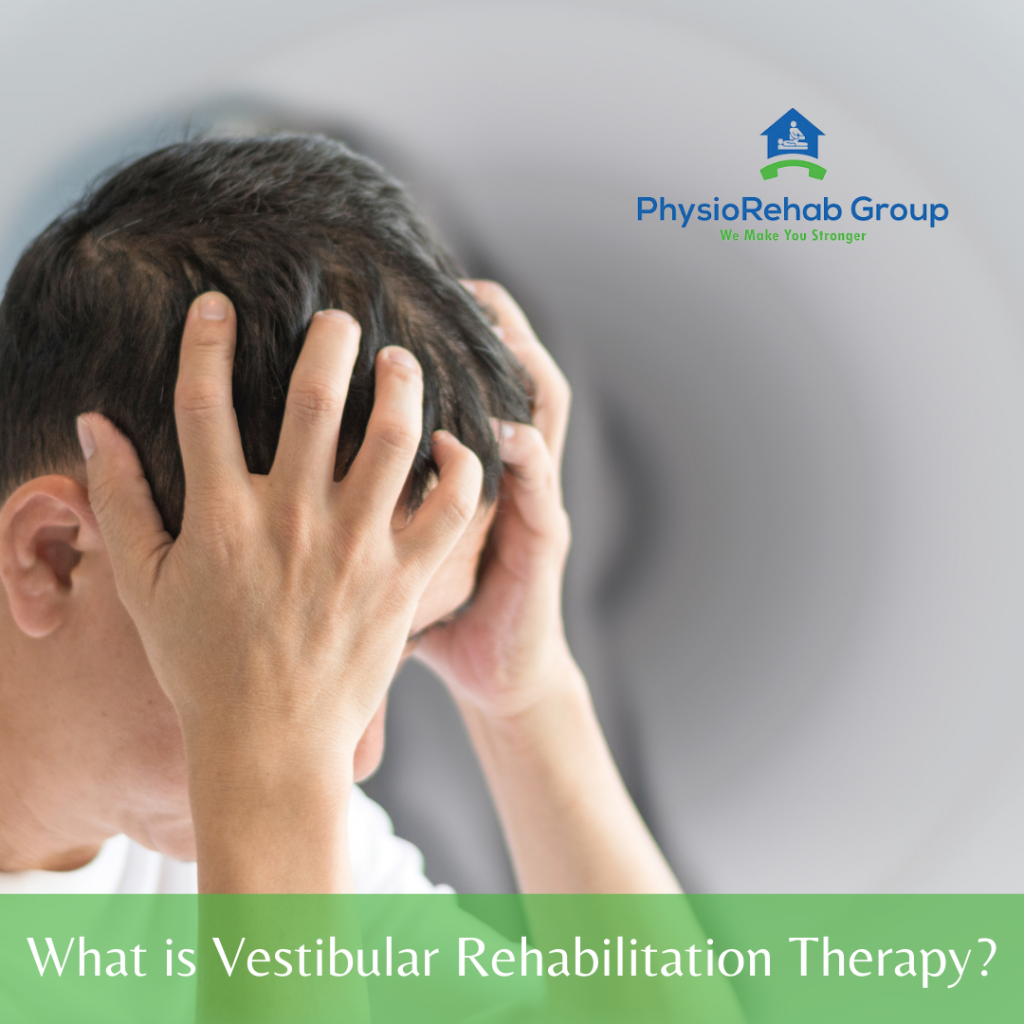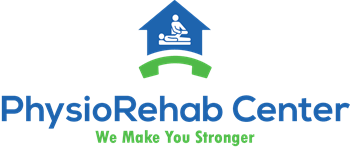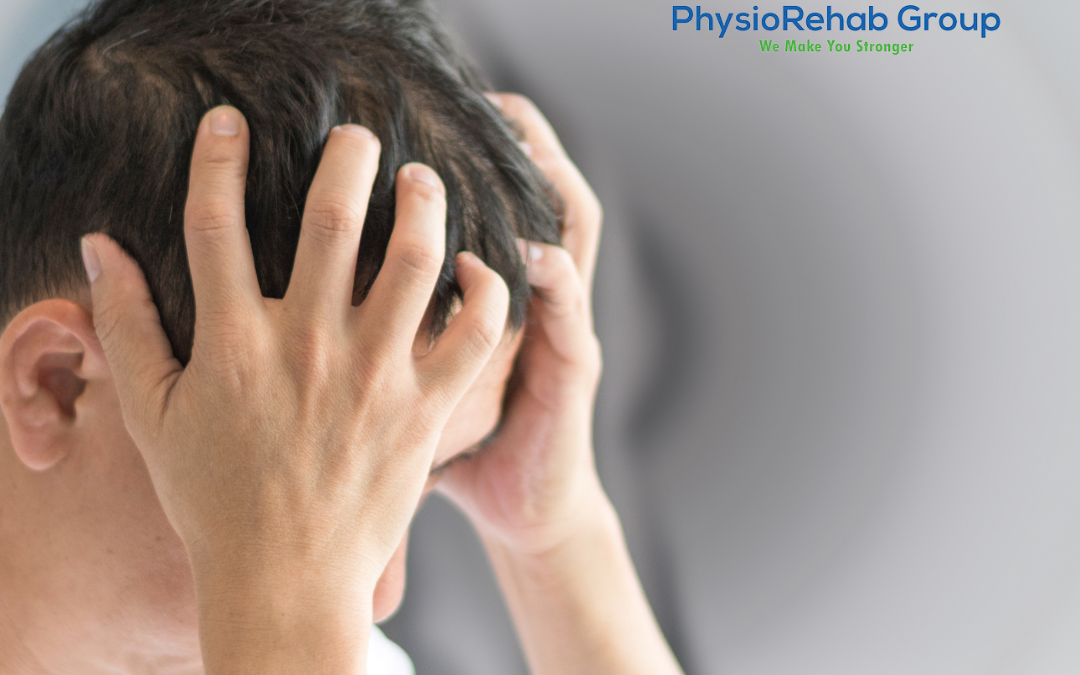
Vestibular rehabilitation therapy (VRT) is an exercise-based treatment program designed to manage dizziness, motion sensitivity, balance and postural control issues that occur due to vestibular dysfunction.
Patients with vestibular impairment typically experience issues with gaze stability, motion stability, and balance and postural control. Therefore, the rehabilitation plan is focused on addressing these areas of pathology or dysfunction.
Indications of VRT:
- BPPV (Benign Paroxysmal Positional Vertigo)
One study found that residual dizziness after successful repositioning was observed in two-thirds of patients with BPPV, and disappeared within 3 months without specific treatment in all cases.Nevertheless, balance training may be necessary after treating BPPV. Here can you pls add BPPV(from last post) and also something about concussion. As VRT is used mainly in these conditions.
- Head injury
Patients with head injuries suffer from significant disability due to vestibular symptoms. Their conditions often include cognitive and central vestibular involvement along with a peripheral component. VRT techniques are therefore used as a supplement to a comprehensive, multidisciplinary head-injury program.
The goals of VRT are:
1) To enhance gaze stability.
2) To enhance postural stability.
3) To improve activities of daily living.
5) To facilitate vestibular recovery
mechanisms: Vestibular adaptation, substitution by the other eye – movement systems, substitution by vision, other postural strategies, and habituation.
What are the types of key exercises you will learn for VRT?
The key exercises for VRT are head-eye movements with various body postures and activities, and maintaining balance with a reduced support base with various orientations of the head and trunk, while performing various upper-body tasks.
Is Vestibular Rehabilitation Therapy Right for Me?
In order to determine if VRT is appropriate for you, we recommend scheduling an assessment with one of our Vestibular Physiotherapists.
In your initial appointment, your physiotherapist will take a detailed history of your symptoms and review any relevant medical history. Your assessment may also include other objective evaluations including:
- Visual stability
- Standing balance
- Stability with walking
- Neck mobility and various structures in your neck
- Inner ear positional testing
Based on the assessment, your physiotherapist will determine if you are an appropriate candidate for VRT. The goal of your treatment plan will be to address any deficits that were identified in the assessment. This, in turn, will help to improve your daily symptoms and your ability to function in activities of daily living.
Reach out to PhysioRehab Group today to discuss how Physiotherapy can benefit you or if you have any of the above symptoms. We can be a valuable part of your rehabilitation journey.


Recent Comments